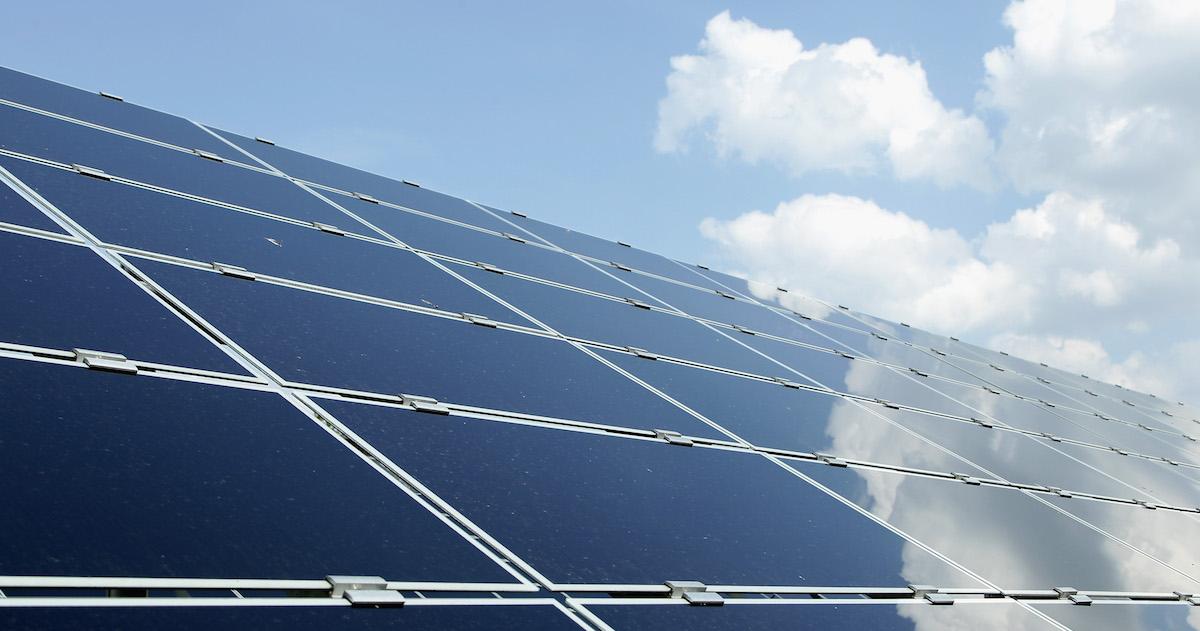Geoengineering: How It Works and How It Can Help Fight Climate Change
Published May 13 2021, 3:16 p.m. ET

Though the majority of people are only just beginning to understand the severity of our current climate situation, the dangers posed by climate change have prompted scientists to find unique solutions to the problem. Geoengineering represents a new type of climate intervention that has the potential of reducing the effects of climate change. But what are some examples of geoengineering? And how exactly can geoengineering help us fight the climate crisis?

What is geoengineering?
According to Geoengineering Monitor, climate geoengineering refers to a series of large-scale schemes meant to enact positive change on the oceans, soils, and atmosphere most affected by climate change. The problem is, current geoengineering practices only offer temporary solutions for things like solar radiation management, earth radiation management, and carbon dioxide removal.
What are some examples of geoengineering?
Most geoengineering solutions focus on redistributing heat and solar radiation. They either attempt to remove it from the atmosphere or keep it out. There are three main examples of geoengineering being used today, according to Geoengineering Monitor.
Solar radiation management (SRM) is all about reflecting solar radiation back into space via satellite orbiting mirrors, scientifically modified stratocumulus clouds made of seawater, and sulfates sprayed into the atmosphere. There are also plans to plant more plants or make more ice for the same reflective purposes.
Earth radiation management (ERM) is a little different. Instead of trying to reflect heat away from the planet, ERM works by forcing excess planetary heat out into space. This is apparently accomplished by manipulating a certain type of cirrus cloud to become thinner, thereby allowing the heat to rise up and out of Earth’s atmosphere.
Carbon dioxide removal (CDR) is perhaps the most interesting of all current geoengineering methods and one of the most science-fictiony. Thanks to deforestation and fossil fuels, excess carbon is one of the biggest contributors to climate change. To remove this CO2, scientists are hoping to plant mechanical forests full of artificial trees and/or seed the ocean with iron pellets in order to encourage plankton blooms.

What are geoengineered clouds?
Geoengineered clouds fall under two of the different geoengineering methods: SRM and ERM. According to The BBC, manipulating clouds might be the most effective means of removing and/or reflecting solar radiation. Marine stratocumulus clouds are the main focus here because they cover about 20 percent of the Earth’s surface and reflect more than 30 percent of all solar radiation.
These clouds cool the waters below them, and artificially creating more of them could minimize some of the issues facing our world’s oceans today, including coral bleaching and ocean acidification. Many scientific organizations are considering this as a method to give ourselves more time to make widespread changes before the 2030 date set by the Paris Agreement.

What is solar geoengineering?
Besides building reflective sea clouds, solar geoengineering strategies focus on reflecting sunlight away from the planet via mirrors, ice, plants, and other such reflective surfaces. There are even plans to release reflective particles into the upper atmosphere to prevent further melting of the polar ice caps.
What are some concerns about geoengineering?
According to the Union of Concerned Scientists, however, some of these strategies might come with a bit of a catch in the end. First, even with all of humanity’s combined scientific knowledge, we don’t really know how to scale geoengineering such that it can slow hurricanes or cool the ever-rising global temperature.
We also don’t know how the environment will react to being manipulated as such. Droughts, floods, and other catastrophic events could make matters even worse. The other problem, The BBC notes, is that this technology could be weaponized if it fell into the wrong hands.
Even if all aspects of geoengineering work without any unintended consequences, the concern is that it may prompt people to stop doing what they need to do to fight climate change. It could give people an excuse to stop searching for cleaner fuel or power, and carbon emissions could continue to get worse.

What are some geoengineering companies?
According to Greenbiz, there are only a few companies currently using geoengineering technologies for environmental repair. The first of those is Carbon Engineering, a company in which Bill Gates has already invested millions. The other is Global Thermostat. Neither of these companies is anywhere close to pulling CO2 from the air in any lucrative or meaningful way, but that hasn’t stopped them from attempting to do so.
As long as high-level investors like Gates continue to invest in meaningful companies like these, there may be hope for the future of practical geoengineering. Still, it remains to be seen whether these unique solutions represent the application of actual science or if they are merely conjectural science fiction.